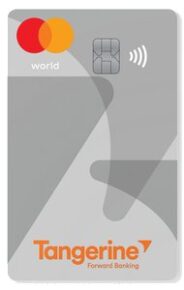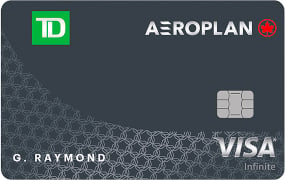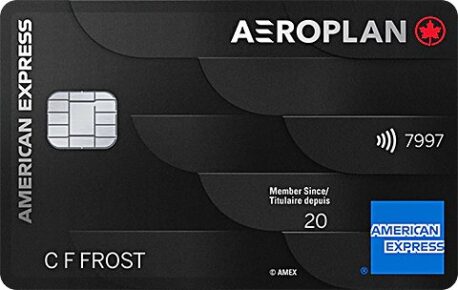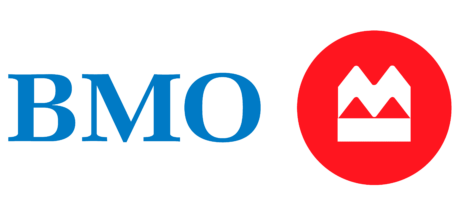Are you someone who struggles to save money? Or perhaps you’re constantly wondering where all your cash went? If this sounds like you, then it might be time to create a budget. In this guide, you’ll learn everything you need to know about how to budget, including a step-by-step process and tools to make budgeting easier.
What is a budget?
Simply put, a budget is an estimate of your expenses versus your revenue during a specific time period. It’s essentially a spending plan that allows you to better strategize your spending and saving habits for both short- and long-term goals.
How does a budget work?
Typically, people will create monthly budgets based on their cash flow that compare their income to the total cost of their expenses, including rent, utility bills, debt payments, transit passes, groceries, entertainment and more. A budget is a tool that helps you figure out where your money is going, how much you can afford to spend, where you can cut costs and how to work towards your financial goals, like achieving financial independence.
Why do I need a budget?
Creating a budget has multiple benefits. It can help you keep your spending in check to help you make progress towards goals like getting out of debt or buying a house. It can also give you an idea of what you can afford to spend on things like rent, a mortgage or car payments to ensure you don’t take on too much debt or cause yourself financial stress. Even if you don’t have any specific savings goals right now, it’s a good idea to have a budget so you know exactly where your money is going.
Will a budget help me save money?
Absolutely. Creating a budget is a key aspect of learning how to save more money. By breaking down your expenses and really digging into where your hard-earned cash is going, you can better prioritize your spending. A budget makes it easier to compare your expenses and cut back if needed. It also helps you plan to meet financial goals like creating an emergency fund, paying off debt, buying a home or a car, or even paying for a wedding or a dream vacation.
How to make a budget in six steps
Ready to make your first budget? Here’s a step-by-step breakdown of what to do.
- Figure out your net income. This is the amount of money you actually bring home every month after taxes and costs like EI and CPP are deducted.
- List your fixed expenses. These are your regular living expenses that recur with the same amount every month, like rent, utility bills, and car loan or mortgage payments.
- List your variable expenses. These are expenses that fluctuate more, like groceries, takeout and gas. If you use your debit or credit card to pay these costs, look at your statements to get an idea of the numbers. However, if you tend to use cash, start tracking your spending using the notes app on your phone or a budgeting app (more on these later).
- Figure out your goals. Think about both short-term and long-term goals, from paying off a credit card to buying a house.
- Add up your fixed and variable expenses, and compare the total to your net income. Which amount is higher? If the expenses are higher, you’ll need to adjust your spending habits ASAP to avoid digging yourself into debt. If your income is higher, that’s a good start. But is the money you have leftover after paying your expenses enough to help you reach your goals? Think carefully about your spending habits and how you could change them to help you meet your goals sooner. You might also consider ways to increase your income or net worth.
- Review your budget regularly. Things change over time: you might get a raise, stop paying for a streaming service or commit to buying less takeout. Take the time every few months to check in on your budget and make sure that you’re still on track to reach your goals.
Types of budgets
The basics of creating a budget, as listed above, are pretty simple. However, you might find it easier to stick to a specific budgeting strategy based on your spending habits, lifestyle and relationship with money. Pick the plan that sounds like it’s the best match for you.
50-30-20 budget
The 50-30-20 approach is a very popular budgeting strategy. This method is based on the idea that you can separate your monthly income into three categories:
- Needs: Essential living expenses and minimum debt payments that account for 50% of your budget
- Wants: Nonessential but nice costs, like entertainment, dining out and personal purchases, that make up 30% of your budget
- Savings: 20% of your budget goes straight towards savings goals, like an emergency fund or retirement
These specific percentages may not work for you. For example, you may be able to save more, in which case you absolutely should. Or your “needs” might be a little higher, and maybe you can only save 10%. That’s still better than nothing. The key is to start saving part of your monthly income regularly and build up as you can.
Zero-based budgeting
With this strategy, you’ll create several spending categories and allot a certain percentage of your income to each one. The end goal is to assign every dollar of income to a specific category so that your income minus your monthly spending equals $0. Some people call this “giving every dollar a job.”
The spending categories can stay consistent from month to month, or you can change them as needed, such as adding a category for holiday gifts. Zero-based budgeting can be more time-consuming than some other budget strategies, but it’s great for staying aware of exactly where your money is going. That means it can be a good option for people with multiple savings goals.
Savings-first approach
If savings are your biggest priority, this could be a good budgeting method for you. You can combine this option with the 50-30-20 method, but the idea here is that you pay yourself first. Obviously, you still need to cover your basic living expenses, but then you prioritize your savings over nonessential costs such as entertainment or dining out. You don’t need to allocate every dollar to savings, but ideally, you’ll save the majority of the money that’s left after paying your fixed expenses.
Depending on your spending habits, using this type of budget may mean missing out on some opportunities. But the savings-first budget is based on the idea that your savings goals are more important to you than, for example, Friday night cocktails at a bar or a new outfit. However, it requires less work than some other budgets since you’re simply prioritizing your living expenses and savings rather than creating multiple spending categories.
Spending-first approach
This type of budget really only works if you already know that you live below your means and make more money than you spend. Essentially, you’ll spend what you need to throughout the month. At the end of the month, you’ll take whatever money is left and put it into savings. However, this strategy can make it harder to see whether you’re going to be able to meet the goal of saving 20% of your income each month.
Budgeting tools
You can make a budget using a spreadsheet in Excel or Google Sheets, or even on paper. However, if that sounds like too much work, budgeting apps can create your budget and track your expenses a lot easier. Some of Canada’s most popular budgeting apps include Mint, YNAB (You Need a Budget), KOHO and PocketGuard.
DIVE EVEN DEEPER

How to Save Money in 8 Easy Steps
Trying to save money but not sure where to start? Follow these steps and watch your money grow.

What is the Ideal Credit Utilization Ratio?
The less credit you use, the lower your credit utilization rate will be. Keeping it below 35% is a guideline, not a rule — just make sure the ratio doesn’t drop to zero.

What Is a Savings Account? How Does It Work?
A savings account is a safe place to store cash and earn interest. Savings accounts work very similarly to chequing accounts.

What is a Chequing Account? How Do I Use One?
A chequing account is a bank account for everyday expenses. You can have your paycheque deposited directly into it and use it to pay bills, make purchases and withdraw cash.







